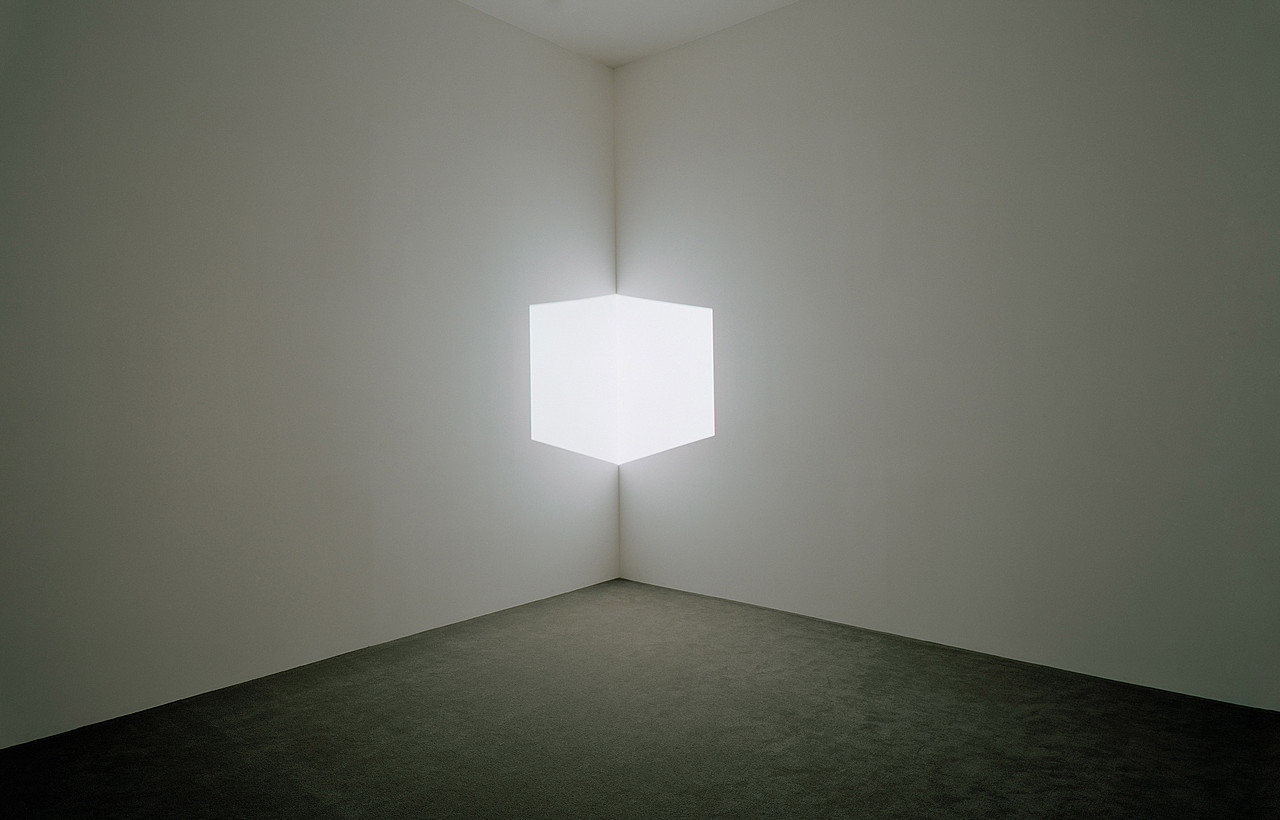Modern Art Final Exam
1/36
Earn XP
Description and Tags
Name | Mastery | Learn | Test | Matching | Spaced |
|---|
No study sessions yet.
37 Terms
Dada
This art movement was a reaction to the violence and destruction of WW1, in which artists sought to create pieces that embraced the irrational and absurd and rejected the need for art to have meaning and rationality. There are three groups of Dada being Zurich, New York, and Berlin. Notable pieces from this movement as Sophe Taeuber-Arp’s Dada Head, Duchamp’s Bicycle Wheel, and Duchamp’s Bottle Rack.
Jean Arp, Entombment of the Birds and Butterflies (Portrait of Tristan Tzara), 1917
One of Jean Arps automatism art pieces that he turned into a sculptor. The title is completely unrelated to the actual sculptor as it is a completely abstract piece, fully embodying the absurdist style of dadaism.

Marcel Duchamp, Fountain by R. Mutt, 1917
One of the most famous pieces from the New York Dada scene, this piece is a urinal that pipage was completely removed and then signed with the pseudonym R. Mutt. Duchamp submitted this piece to an art exhibit to question whether you can make mass-produce works into art.
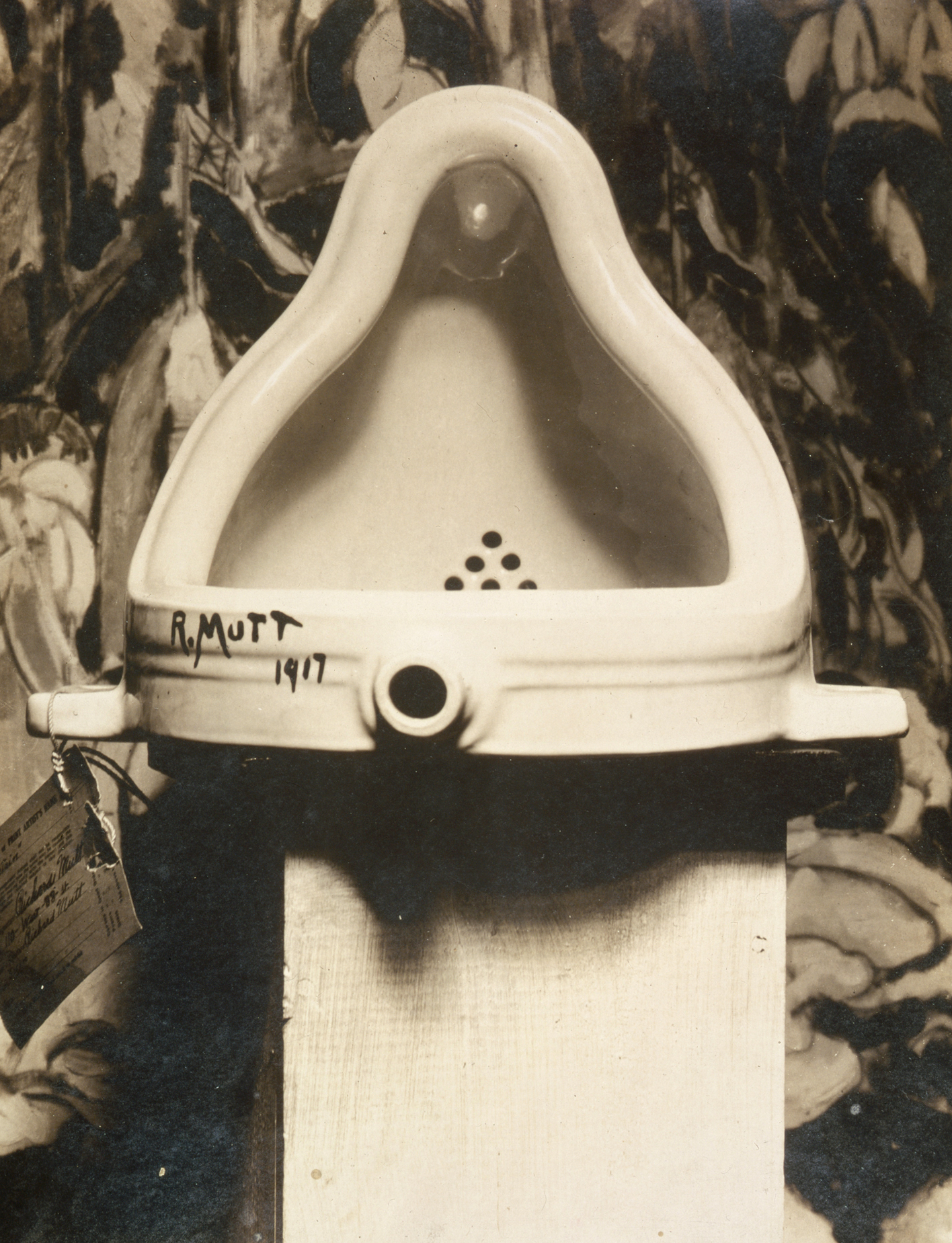
Hannah Hoch, Cut with the Kitchen Knife Dada Through the Last Weimar Beer Belly Cultural Epoch of Germany, 1919-1920
This piece was created by the only woman in the Berlin Dada; Hoch worked entirely in photomontage. Her piece comments on the political issues that were occurring after the war in the Weimar Republic, as well as discussing the issue of feminism. This can be seen in the piece with the political figures posted throughout and the several quotes that were used to convey her message.
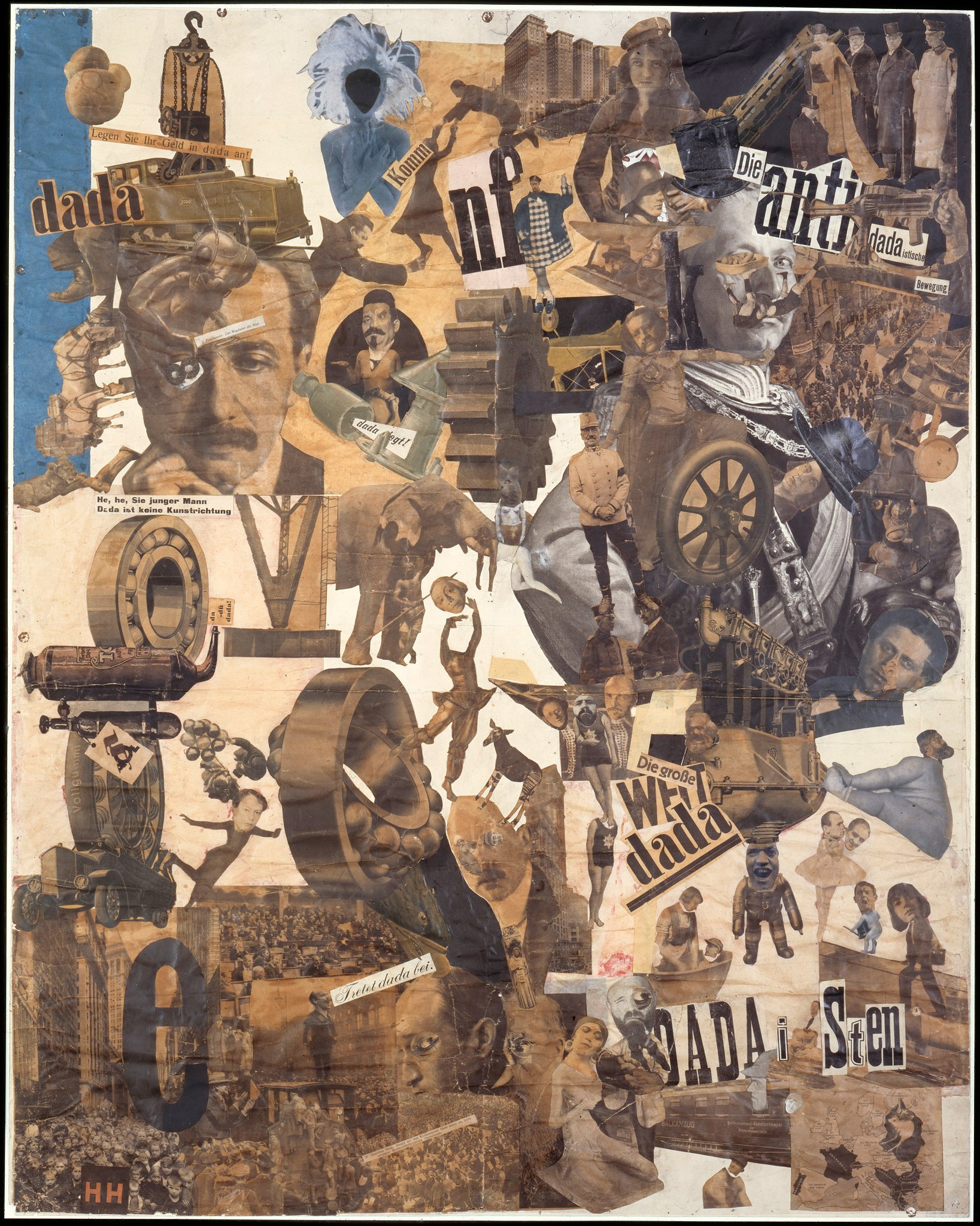
The New Objectivity
Based on the 1925 exhibition Neue Schlichkeit, and was a movement of post-war art in Germany. This movement was distinguished by two movements, one that was more conservative in style and another that was more socially critical. Notable pieces in this movement are George Grosz’s Fit for Active Services and Otto Dix’s The Journalist Sylvie Von Harden.
Surrealism
This movement, founded by André Breton in 1924, is largely influenced by the work of Sigmund Freud, especially in his work regarding dreams and fetishism. Art in this movement focuses on the unconscious mind and thought, with many artists doing free association drawing or automatism. Most notable pieces from this movement are Salvador Dali’s Birth of Liquid Desires and René Magritte’s The Treachery (or Perfidy) of Images.
Max Ernst, The Horde, 1927
One of Max Ernst many pieces he made with the technique of grottage; where he put a painted surface on top of a texture surface and then scrapped away the paint to reveal an image. This one depiction a group of figures trudging along a landscape with a very dark and harrowing feel to it.
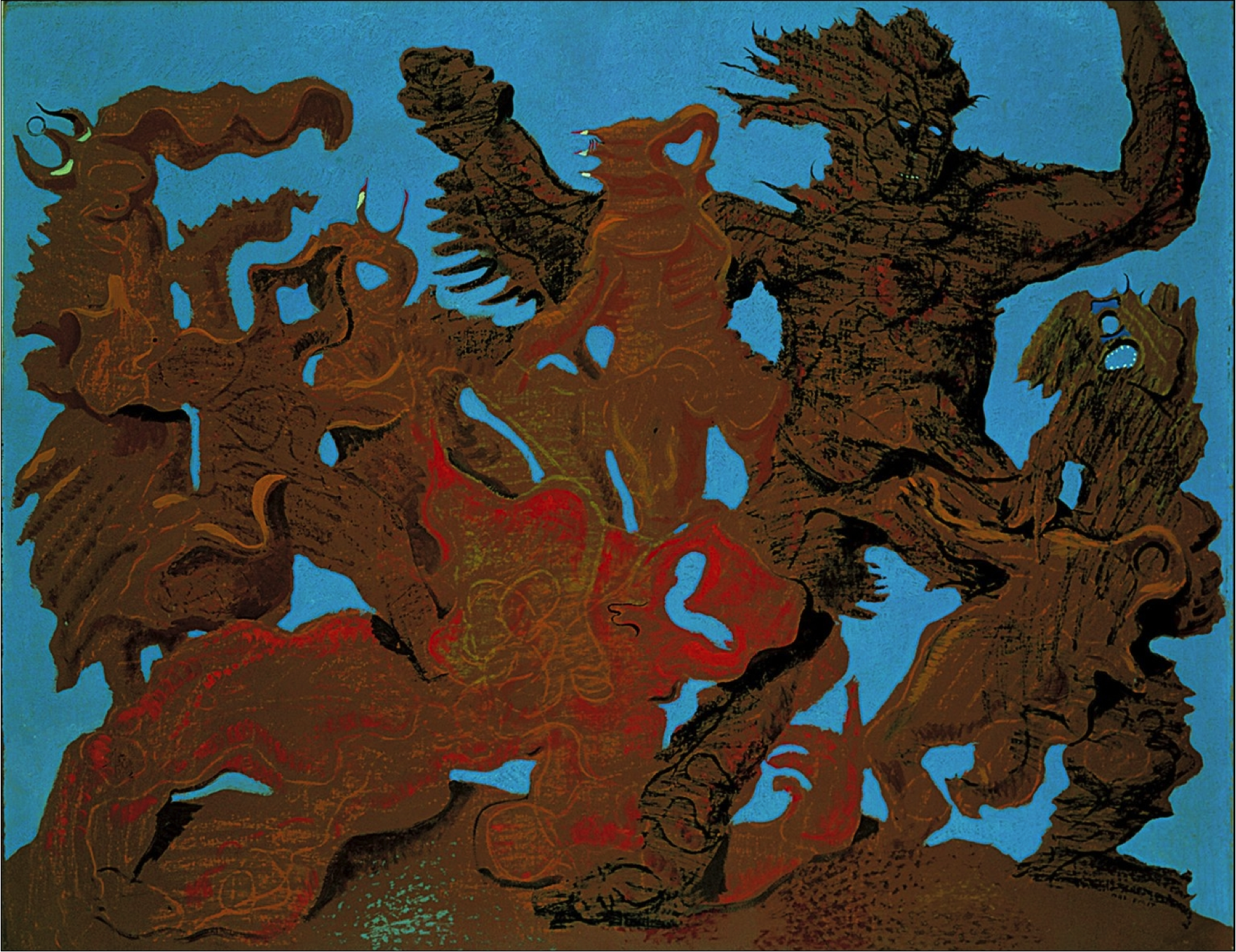
Joan Miro, Painting, 1933
While Miro never worked officially with the Surrealists this piece is many were we see his use of abstract and biomorphic figures that is similar to those done in the surrealist scene.
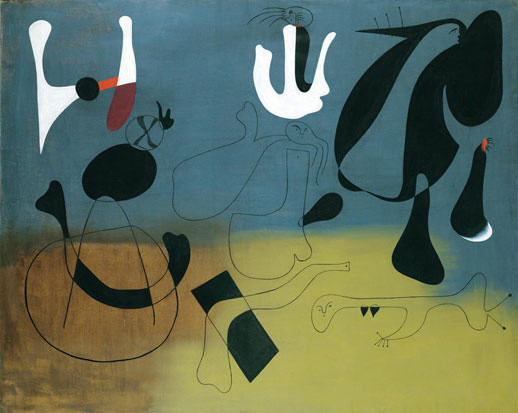
Meret Oppenheim, Object (Luncheon in fur), 1936
This piece was created using the fur of a gazelle which is one of the softest furs possible. It plays with the concept of something you would want to touch and drink from, mainly a teacup, but also a texture that, if put to your lips, would be disconcerting and uncomfortable.
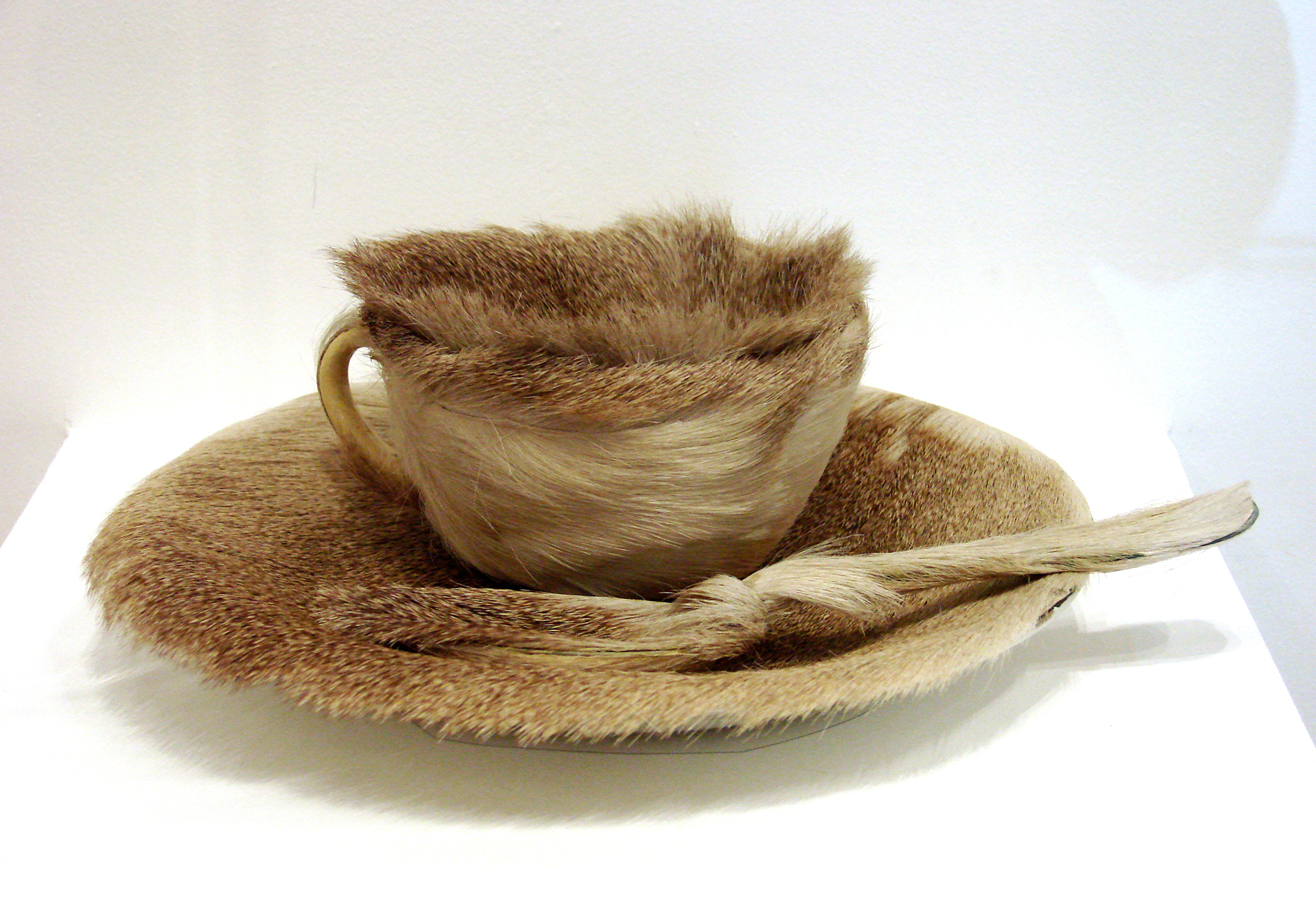
Claude Cahun, I am in training don’t kiss me, 1927
This artist is dressed as a boxer who is hyper-feminized through their appearance and makeup to explore the identity of gender and self-expression. Their appearance as a boxer both plays with the idea of femininity and masculinity.
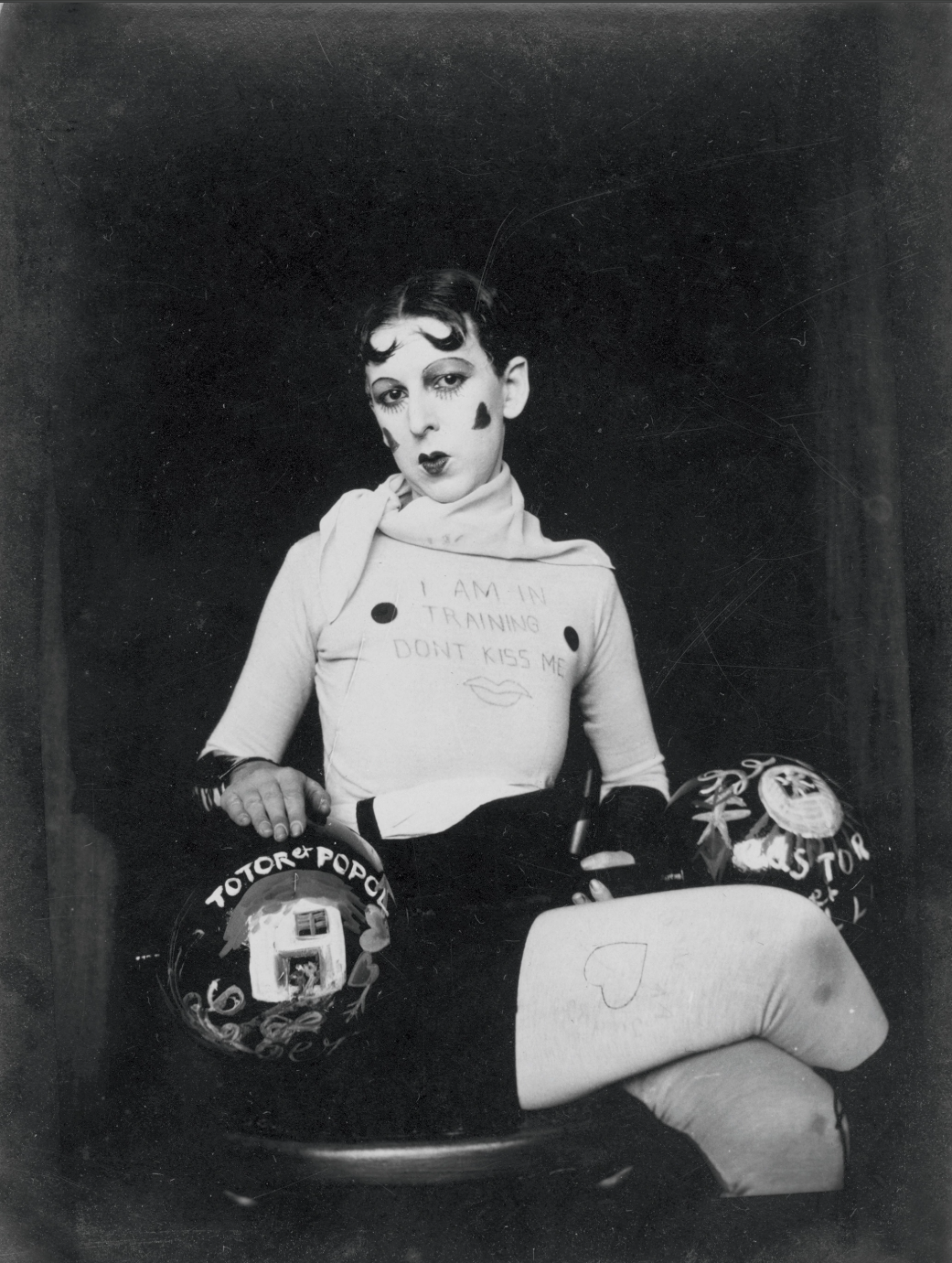
American Scene Painting
One of the major art movements in America from the 1900s to 1940s which focused on American life scenes.
Regionalism
Fairly conservative and anti-modern movement that depicted realists scenes of American themes. These scenes were usually very nationalist and focused on the Midwest as a main subject. Notable pieces from this movement are Benton’s City Building Mural Series and The Ballad of the Jealous Lover of the Lone Green Valley.
Harlem Renaissance
Black art movement that existed in the Harlem neighborhood in New York. Notable works are Jacob Lawrence’s Migration Series and Romare Bearden’s Folk Musicians.
Aaron Douglas, Song of the Towers, from Aspects of Negro Life, 1934
This piece shows contemporary New York City as Black migrants from the South are coming there. The scene is meant to be optimistic as it shows the opportunity that they were supposed to find in NYC, the Statue of Liberty herself is shown as a symbol of the city for the Black figures to go towards. Meanwhile, behind the migrants are green ghostly hands that try to cling onto the figures as they walk towards the city, conveying the continued racism and oppression they faced.
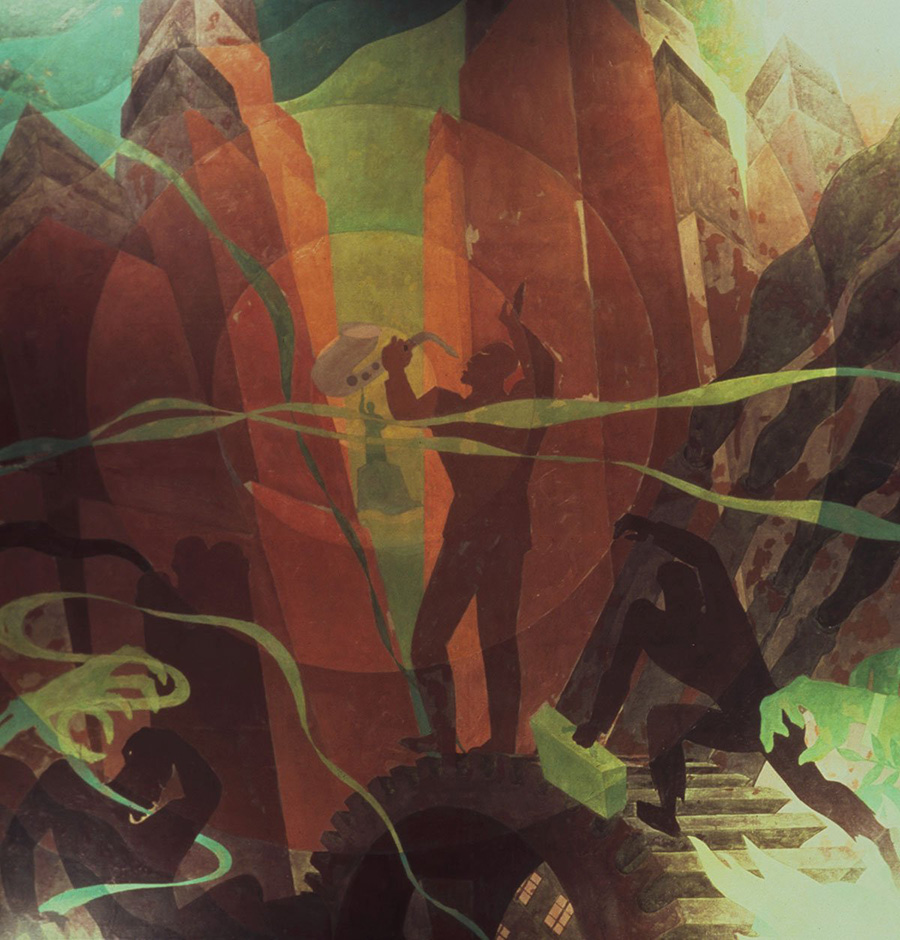
Emily Carr, Big Raven, 1931
Made by a British Columbian artist who was inspired by the Haida people of Alaska when she saw the totem poles they created. The raven is in the style of a totem pole and stands above the green earth with light shining through during a cloudy day.
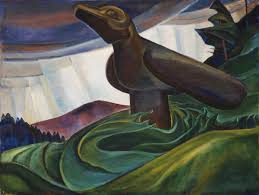
Tarsila do Amaral, Anthropophagy, 1929
This figure shows abstract figures of a man and a woman sitting neck to each other. The woman breast it out hanging while the man rests his arm on his knee. Behind them as several elements to invoke Brazil’s nature, such as Banana and cactus leaves. The piece overall is an attempt to explore the dual identity of African, Native, and European ancestry that the people of Brazil have. The title of the piece is a reference to the artist’s husband’s work, The Cannibalist Manifesto, which discussed how Brazilians should devour and explore European modernist styles and make their own.
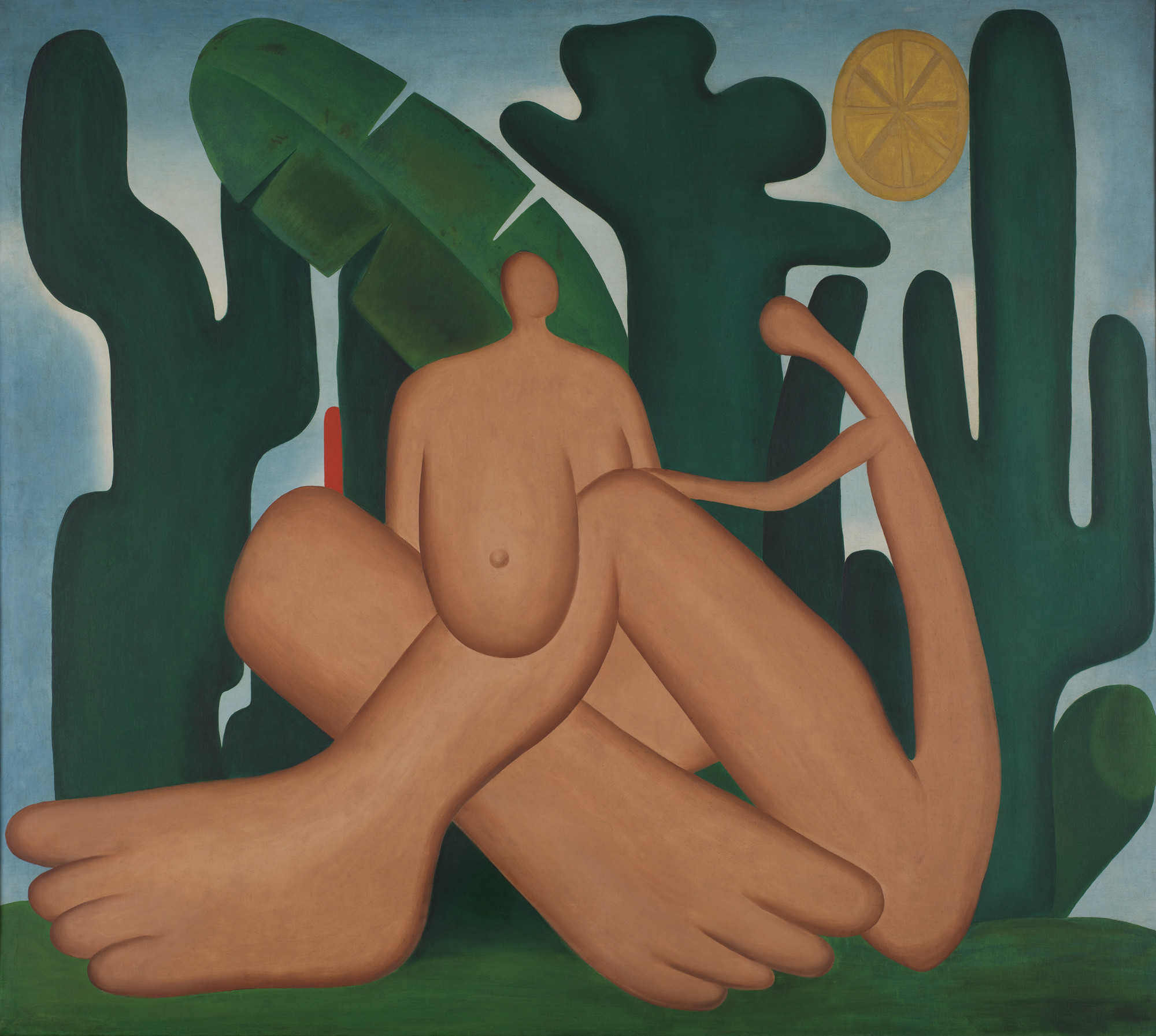
Modern Art in Asia
Abanindranath Tagore, Bharat Nata (Mother India), 1905
From the Calcutta School of Art, this piece tries to invoke a more Mughal style of painting, with the artist creating the Bengal School of Painting. This piece was created using techniques from Japanese artists and was also used to embrace pan-Asian ideas. The piece was meant as a response to the partition of East and West Bengal, which was separated due to the East being majorly Muslim and the West being majorly Hindu.
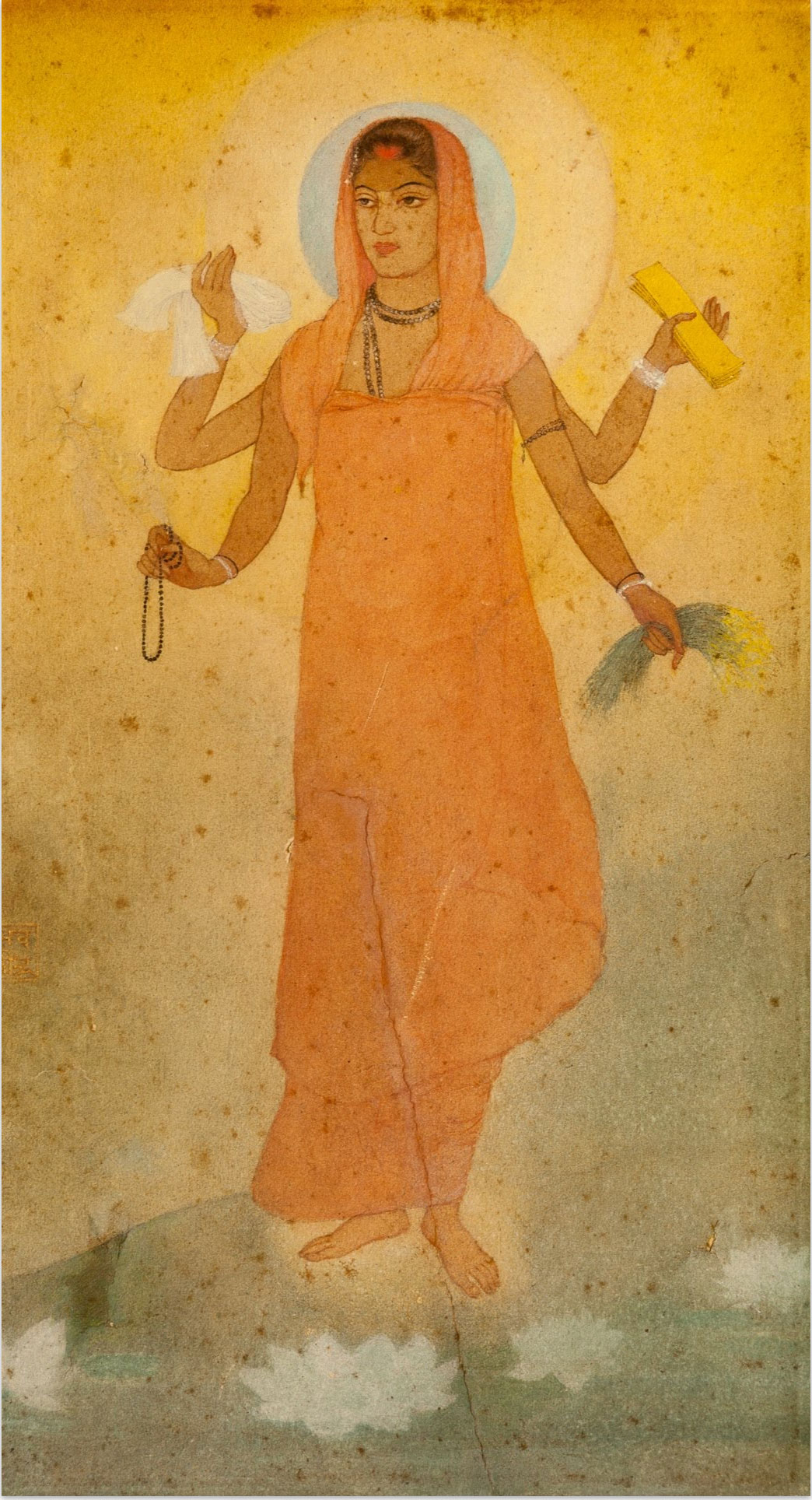
Amrita Sher-Gil, Woman Resting on a Charpoy, 1940
This piece was created by one of the first professional female artist in India, here we see two female figures one in red reclining while an elderly woman is watching over her. It works with the themes of Indian rural life, sexuality, and passive sexuality.

Kuroda Seiki, Kokage (In the Shade of a Tree), 1898
Painted in the yoga or western style of Japanese piece, this piece depicts a Japanese woman who is reclining in the shade. The piece is heavily influenced by French modern styles while still keepingits Japanese identity.
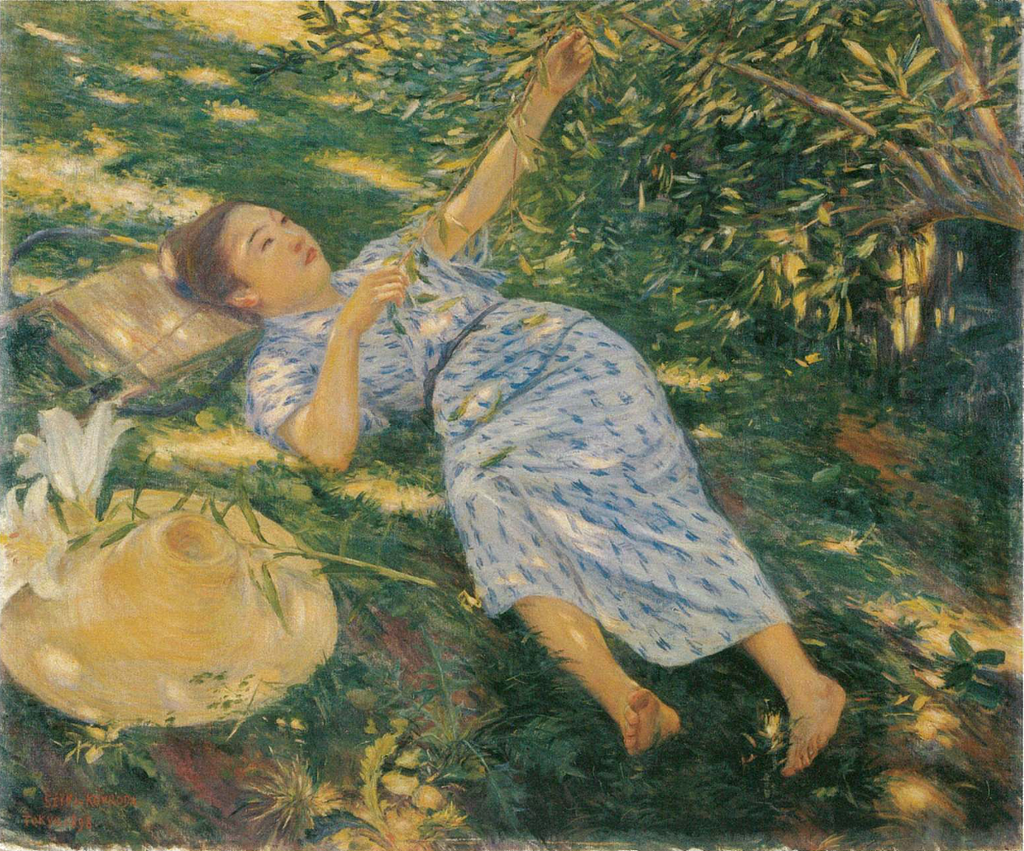
Qi Baishi, Shrimps, n.d.
A very traditional Chinese style painting which was made in a minimalistic but heavily calligraphic style. With the focus on variation in color, lighting, and brush thickness.

Abstract Expressionism
This movement is one of the first movements to be considered uniquely American. It was to create art without meaning and story. Many of the pieces are inspired by automatism and biomorphic figures of surrealism. They are interested in making painting an event rather than the final product. Notable pieces from this movement are Jackson Pollock’s Autumn Rhythm and Newman’s Onement 1.
Action Painting
This term coined by Harold Rosenberg is used to describes Abstract Expressionist painters that focused on the action of painting rather the final painting itself. He stated that, “What was to go on the canvas was not a picture, but an event.”
Color Field Painting
Making abstract statement through large unified areas of colors.
Jackson Pollock, Autumn Rhythm, Number 30, 1950
Is an example of an action painting done during the AbEx movement.
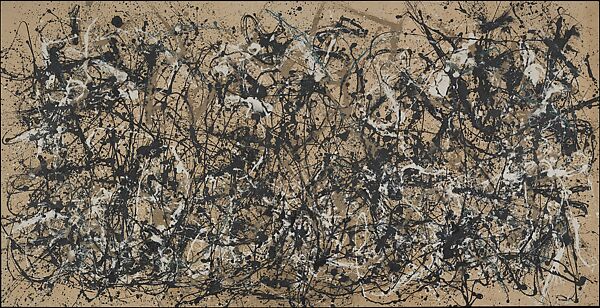
Mark Rothko, Ochre and Red on Red, 1954
Is an example of a color-fielding painting from the AbEx movement.
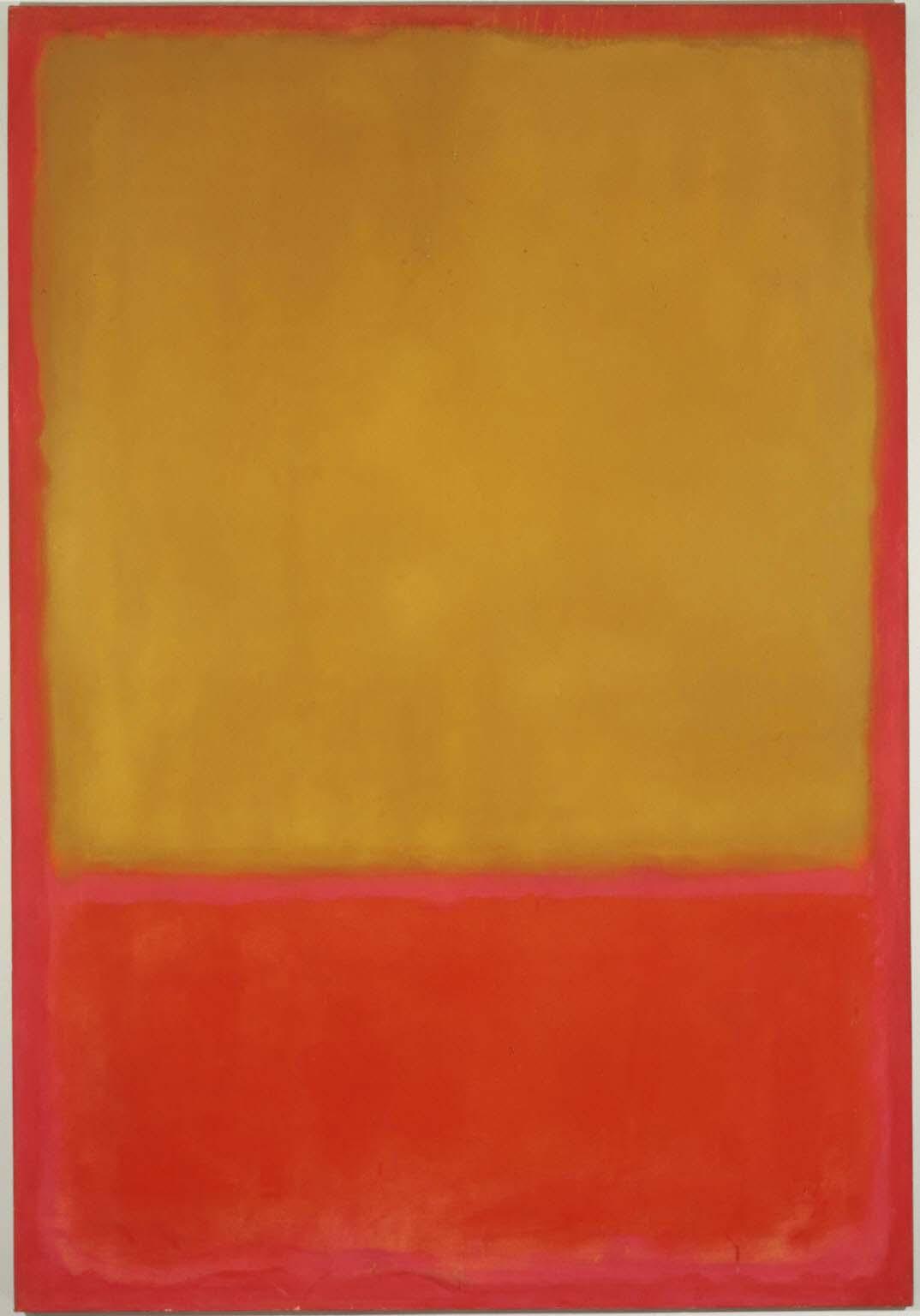
Robert Rauschenburg, Retroactive I, 1963
This artist is from the neo-dada movement and was made with silkscreens that were then applied onto paintings. This piece is also sometimes associated with pop art for the photomontage stylings of the piece.
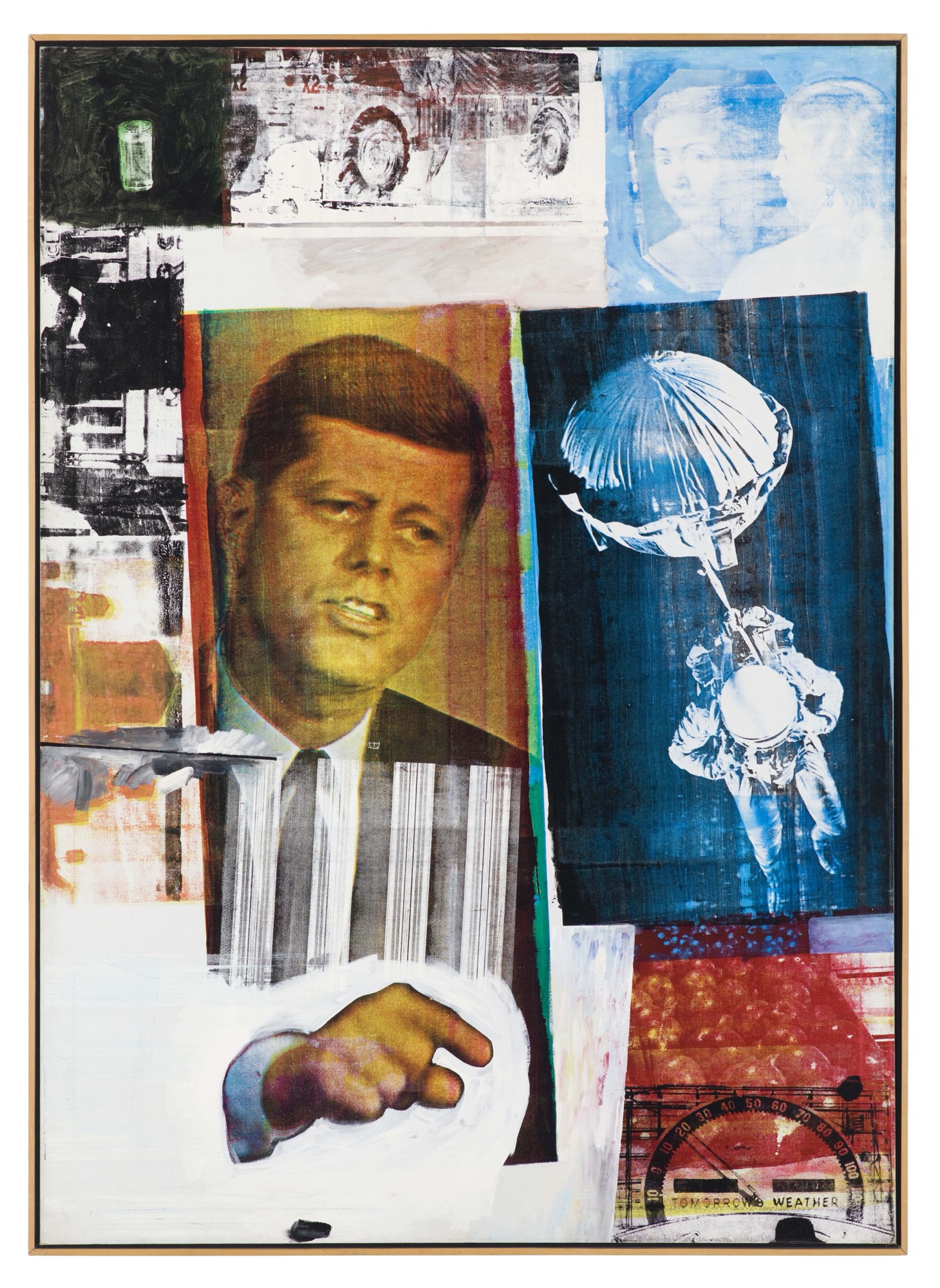
Pop Art
Started in Britain but became more popular in the United States, the movement main goal was to blur the line between high-brow and low-brow artwork. With many of the artists arguing there is no real meaning to the pieces. Notable works from this movement are Hockney’s Peter Getting out of Nick’s Pool, Andy Warhol’s Marilyn Diptych, and Roy Lictenstein’s Wham!
Claes Oldenburg, Soft Toilet, 1966
This piece was to play with the idea of how objects not only look in size but how the texture is supposed to be. From the largeness of the toilet but also the softness of it that contrasts the real life object hardness. With critics viewing the drooping appearance of the toilet to even look like a sagging old body.
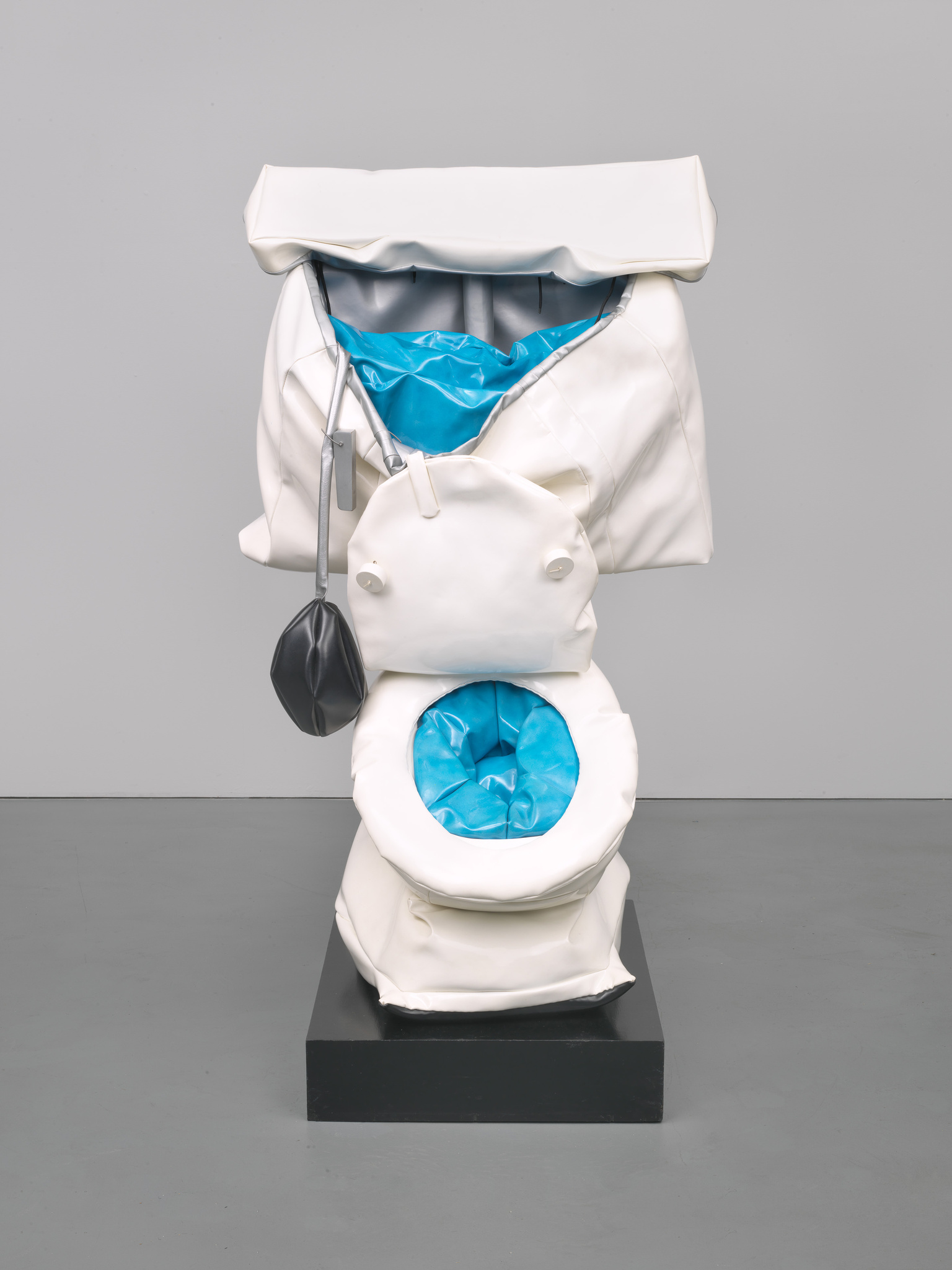
Roy Lichtenstein, Drowning Girl, 1963
This piece pokes fun at the negative gender stereotypes surrounding women in pop culture. The woman in the piece is portrayed as emotional, passive, and soft as she is drowning in the water, refusing to ask for help despite needing it.
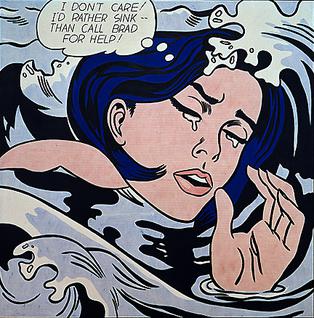
Ushio Shinohara, Doll Festival, 1966
Japanese made pop-art where the artist borrows from historical Japanese art culture mainly from the ukiyo-e genre of artwork.
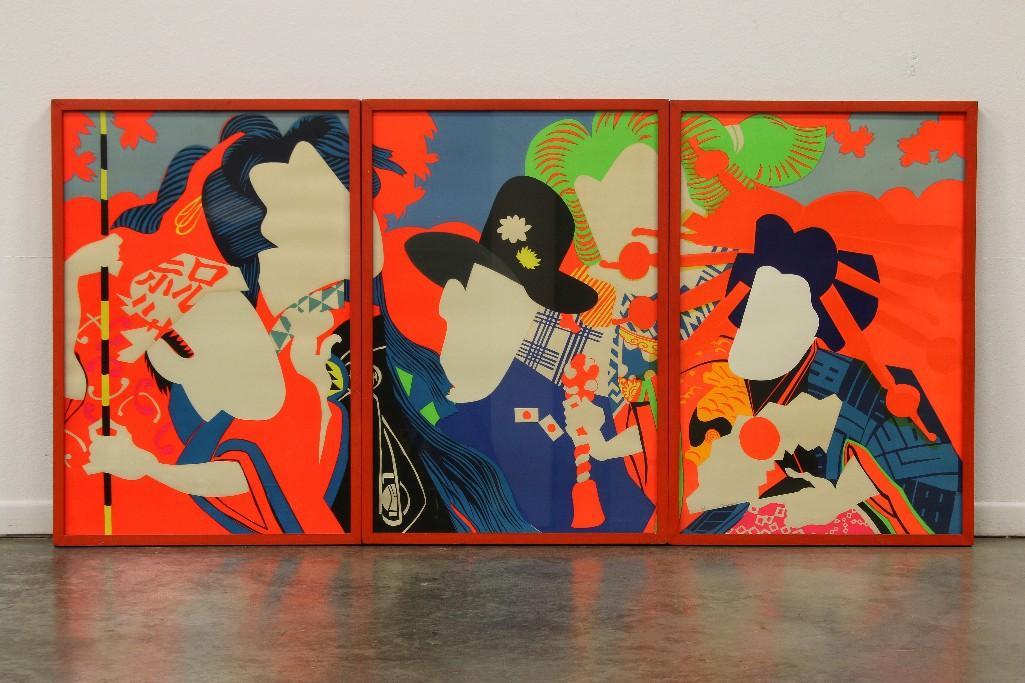
Post-Painterly Abstraction
This movement moves away from the subjective emotionalism of AbEx and focused on the artwork itself.
Helen Frankenthaler, The Bay, 1963
Done in a soak stain painting style, where the artist pours thinned-out paint on a raw canvas, which creates semi-translucent paintings.
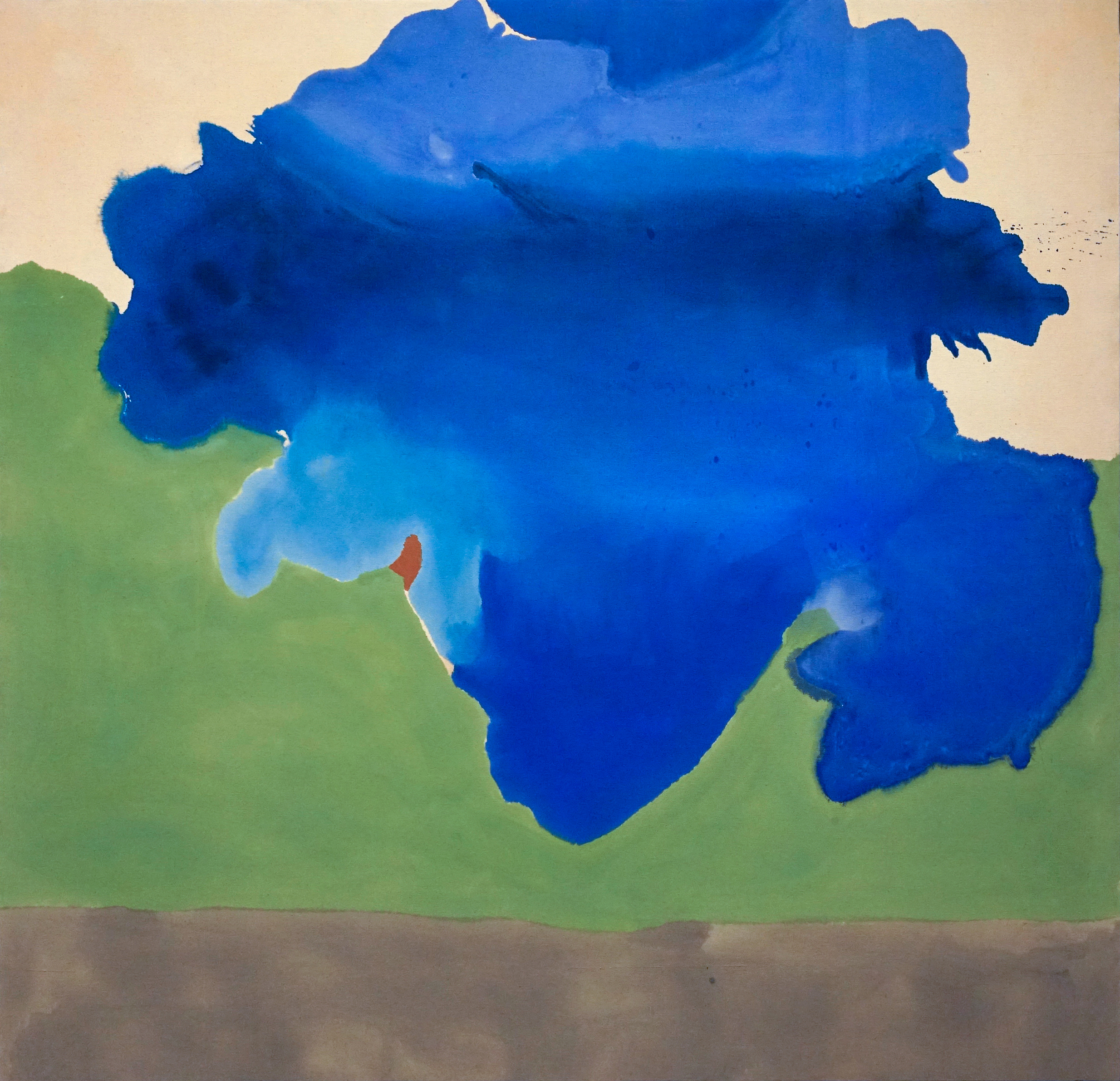
Minimalism
This movement wanted to rid art from representation and personal expression.
Donald Judd, Large Stack, 1968
Utilized industrialized materials where the boxes hang from the wall with the use of amber plexiglass that creates a warm glow from the boxes. The main interest is in repeating objects and planes.

Light and Space Art
This movement which started in California in 1960s main goal was to eliminate art object even further by playing with light and space.
James Turrel, Afrum I (White), 1967
Projected light from a gallery wall that is aimed in the corner of the room to make a box shape that is not only concave but also convex.
